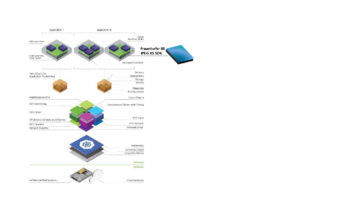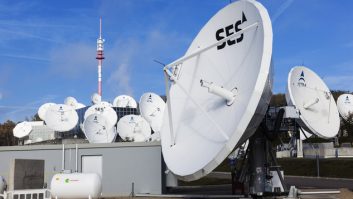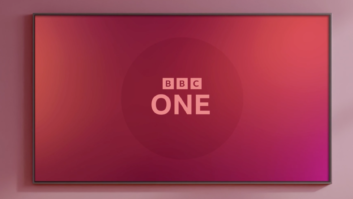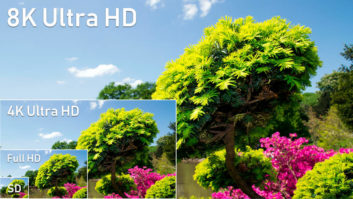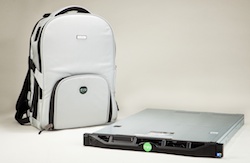
US-based TVU Networks has augmented its ‘uplink in a backpack’ technology by introducing a new multipath option that enables broadcasters to retrofit existing SD ENG vehicles with HD, writes Adrian Pennington. Its TVUPack is one of a growing number of systems making use of the terrestrial cellular network to transmit ENG material. Other providers include LiveU, whose kit is being used by the BBC among other broadcasters during the 2012 Olympics, and California’s Teradek. TVUPack can simultaneously transmit live video over up to eight 3G/4G cellular connections as well as WiFi, Ethernet, satellite and microwave links. The recently introduced ASI interface for the system enables broadcasters with satellite and microwave SD trucks to convert to HD and extend the life of their trucks using the TVUPack, claimed CEO Paul Shen. “This makes it the first hybrid solution on the market.” He added: “Over the past two years, we’ve seen a large number of broadcasters moving from testing the waters on whether to deploy a cellular uplink solution to doing full blown implementations as a supplement to their existing satellite and microwave fleets and even as a replacement for their ENG vans. “As the cellular networks continue to evolve, we are seeing more broadcasters embracing cellular uplink technology as a critical tool in their newsgathering efforts and as a way to stay competitive.” At NAB, the company introduced a number of new products, including: TVUPack Mini, a smaller, camera-mountable uplink system that can transmit over up to six 3G/4G connections; and TVU Anywhere, which enables Windows and iOS mobile devices to transmit video signals back to the studio. “A majority of TVUPack customers use our solutions to supplement their satellite/microwave trucks for ENG,” added Shen. “This gives them the flexibility to broadcast from places where traditional ENG trucks can’t go, while still preserving their previous investments. We see this trend continuing despite the advances in bandwidth over cellular networks. Earlier this spring, during the Occupy Oakland protests in the US, a San Francisco-based broadcaster KGO used TVUPack to follow the Oakland Police Department and broadcast live as they cleared protesters out of the city centre. “While their competitors were tethered to ENG vans that were stationed far away from the action, KGO was able to deliver exclusive compelling live footage from an up-close and personal perspective, which was considered a big win,” said Shen. The growing connectivity of terrestrial cellular networks (3G, 4G LTE, 4G WiMAX, and WiFi) is being tapped to provide an increasingly resilient alternative to satellite or fibre. “Mobile devices are small, cheap to use on a pay-as-you-go basis and can provide immediate pictures,” said David Meynall, managing director, SIS Live, which is trailing mobile options for a pair of broadcasters. “The downsides are that, unlike satellite, 3G or 4G is always a contended network where you can never guarantee availability or service,” he said. “If you pitch up at a train crash, for example, there may be 20 other crews trying to use the same network.” Other negatives include: latency of a second or more on transmission, which will only be tolerated in exceptional circumstances on-air; bandwidth limitations that drain signal coverage; and changing patterns of 3G networks between regions. www.sislive.tvwww.tvunetworks.com



